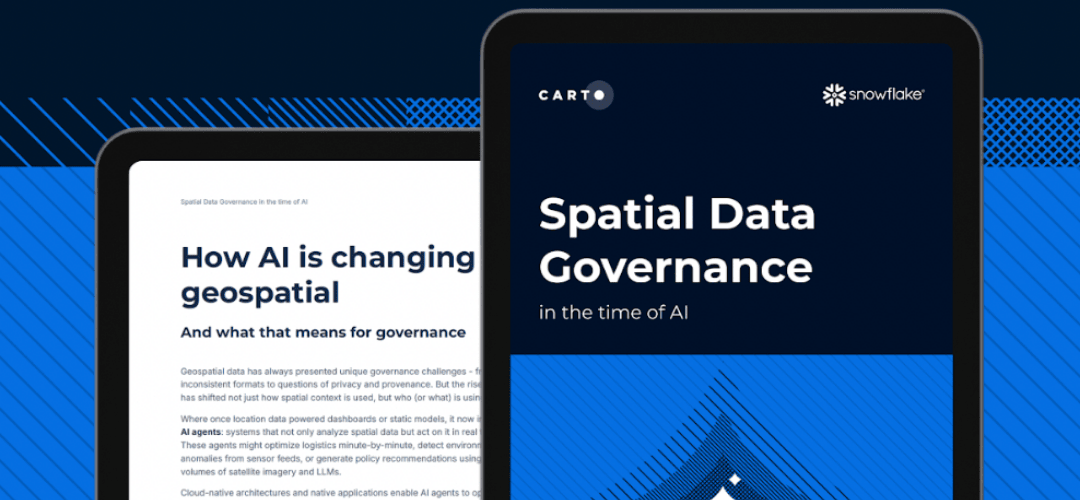
CARTO
Data Observatory
Access thousands of public & premium datasets from curated sources to enrich your own data and boost your insights - directly from your lakehouse.

Trusted by world's leading geospatial teams








Save time on finding, trying & buying third-party data

Access data directly in your cloud data warehouse
CARTO leverages the native data sharing capabilities of your cloud data warehouse to provide you access to your data subscriptions.
Forget about managing copies of data across multiple environments, and get access to your ready-to-use and always up-to-date subscriptions directly where you need them.
Frequently asked questions
No, premium data subscriptions are only available for Enterprise plans. For Trial and Student plans, you will only have access to data samples or public data products from the Data Observatory.
Premium subscriptions are offered on a Data-as-a-Service model based on yearly or multi-yearly licenses. Once the subscription expires and it is not renewed, the user needs to stop using and delete the associated datasets from the account.
It will depend on the data provider and the type of license you have purchased for your premium data subscription. Some data providers offer different types of licenses and different pricing options if their data is going to be used only within a CARTO application or exported into other technologies.
We use the native data-sharing capabilities of cloud data warehouse platforms to grant you access to your subscribed data. In such a way, you can then use your subscriptions in CARTO via the same native connections you have established between our platform and your data warehouse.
Related content






























